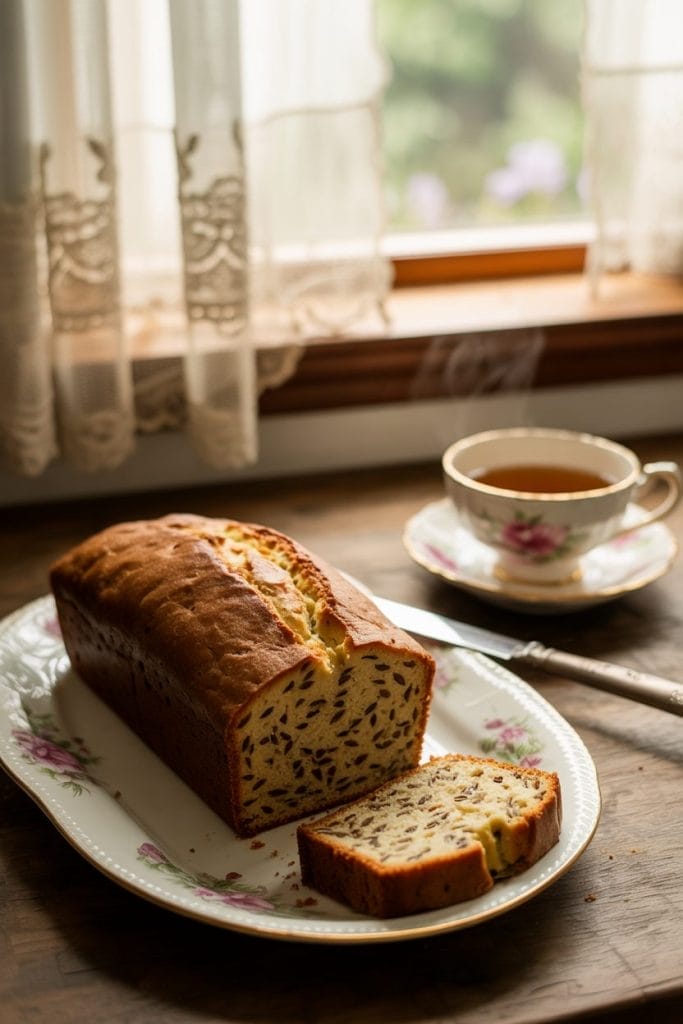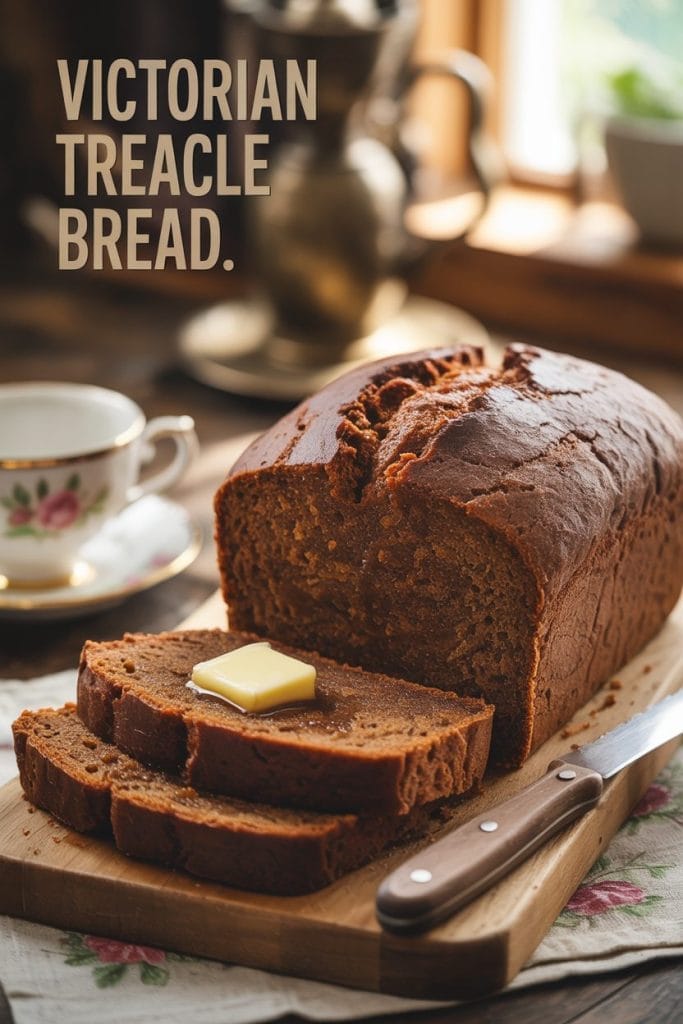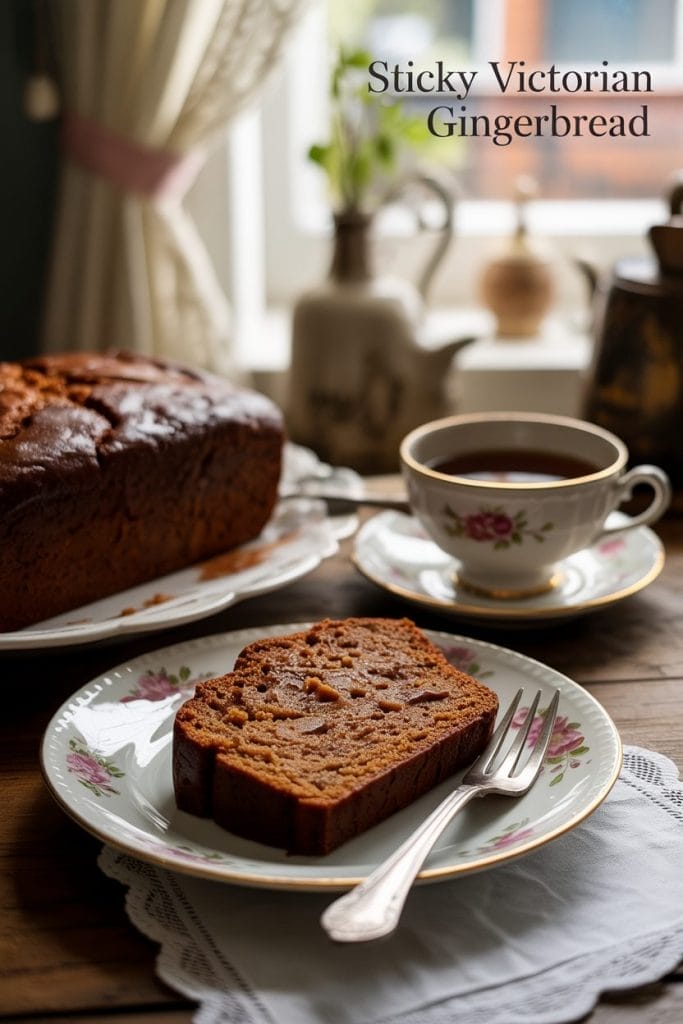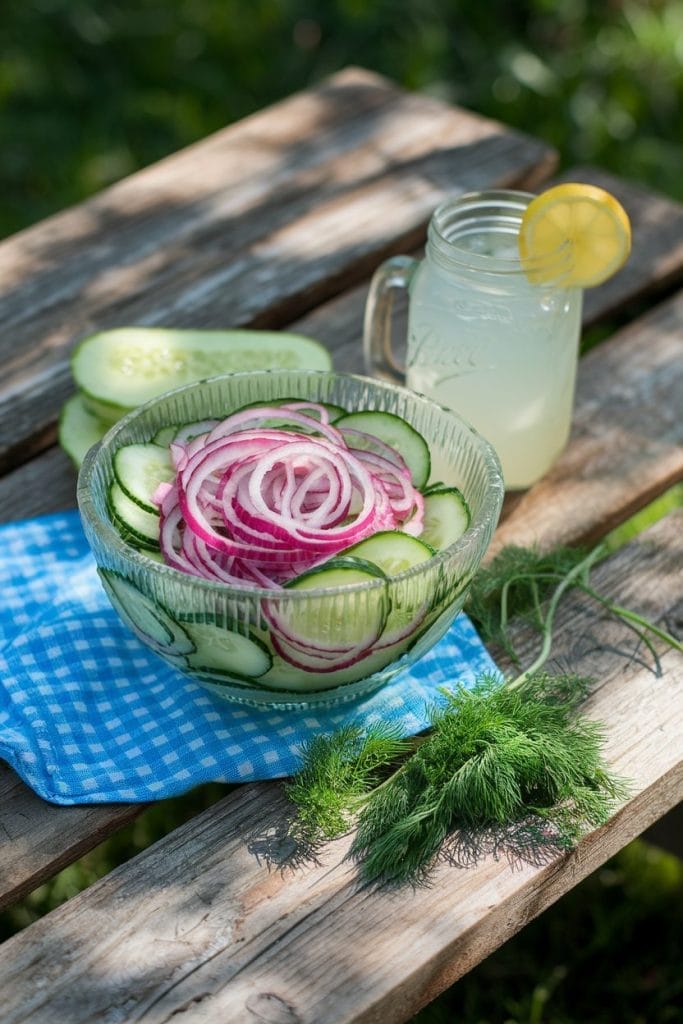I Made These FREE Vintage Recipe Tools JUST For You
This recipe was created with help from AI tools and carefully reviewed by a human. For more on how we use AI on this site, check out our Editorial Policy. Classic Fork earns a small commission from Amazon and other affiliate links at no extra cost to you, helping us keep our content free and honest.
5 Wartime Cake Recipe Proves You Don’t Need Butter, Eggs, or Milk to Bake!
Time Period:
Meal Type:
During times of war and economic hardship, everyday luxuries became scarce. Butter, eggs, and milk—staples of traditional baking—were strictly rationed or too expensive for many families. But that didn’t stop home bakers from finding clever ways to make cakes using what little they had.
These wartime cakes were born out of necessity, relying on pantry staples like vinegar, baking soda, and even boiled water to create sweet treats without the usual ingredients.
From the United States to Britain and beyond, people found ways to keep baking alive, proving that creativity could overcome even the toughest times.
Here are five historic cakes that were made without butter, eggs, or milk—and yet, they stood the test of time.

What Would You Cook in Wartime?
Step back in time and discover what you could make with limited wartime rations
1. Depression-Era Crazy Cake (Wacky Cake)
During the Great Depression and later World War II, people had to get creative with baking. Crazy Cake, also called Wacky Cake, was a solution. It required no eggs, butter, or milk, yet still turned out moist and fluffy. The secret? Vinegar and baking soda helped the cake rise, while oil replaced butter.
This cake was popular across the United States and Canada, where rationing made traditional cakes a luxury.
Housewives and home bakers spread the recipe through community cookbooks, newspapers, and radio shows. It was often eaten as a simple dessert or served at church gatherings and family dinners.

2. Vinegar Cake (Ration Cake)
Vinegar Cake was another war-era invention that relied on pantry staples. Since eggs and dairy were scarce, vinegar provided structure and helped the cake rise. This cake had a slightly tangy taste but was often sweetened with dried fruits or jam.
This was especially popular in Britain during World War II, where strict rationing meant home bakers had to use minimal ingredients.
The Ministry of Food encouraged people to bake this cake instead of traditional sponge cakes. It was often eaten at tea time, served with a cup of weak, rationed tea.

3. War Cake
War Cake dates back to World War I, when home bakers had to send treats to soldiers without using perishable ingredients. It was made with flour, sugar, and dried fruit, held together with boiling water and a small amount of fat. The cake was boiled before baking, giving it a dense yet soft texture.
This cake was most common in Canada, the United States, and Britain, where families baked it both for home use and to send to soldiers. It remained popular through World War II, especially in military families. The cake was eaten at home as a filling snack or dessert, and it kept well for weeks without refrigeration.

4. Eggless, Milkless, Butterless Cake (Poor Man’s Cake)
This cake was a true survival recipe, made entirely without dairy or eggs. Instead, it relied on boiling sugar, water, and shortening with raisins to create a rich texture. Spices like cinnamon and nutmeg were added to improve the flavor.
It became widespread in North America and parts of Europe during World War I and the Great Depression. It was also called “Boiled Raisin Cake” or “Poor Man’s Cake” because it used cheap, available ingredients.
This cake was eaten at family gatherings, often as a Sunday treat when traditional cakes were too expensive to make.

5. Carrot Cake (Wartime Version)
Carrot Cake, in its wartime form, was a clever way to add sweetness without using too much sugar. Carrots provided natural sweetness and moisture, making up for the lack of butter and eggs.
This version was encouraged by government rationing programs, which recommended using vegetables in baking.
This cake became widely eaten in Britain and Germany during World War II. The British Ministry of Food promoted carrot-based desserts in pamphlets, while German bakers used carrots to stretch their flour and sugar supplies. The cake was often served at family meals or given to children as a rare sweet treat.

Maggie Hartwell
Hi there, I’m Maggie Hartwell, but you can call me Maggie—the apron-clad foodie behind Classic Fork! I created Classic Fork because I’m convinced food has a way of telling stories that words can’t. So, grab a fork and dig in. The past never tasted so good!






